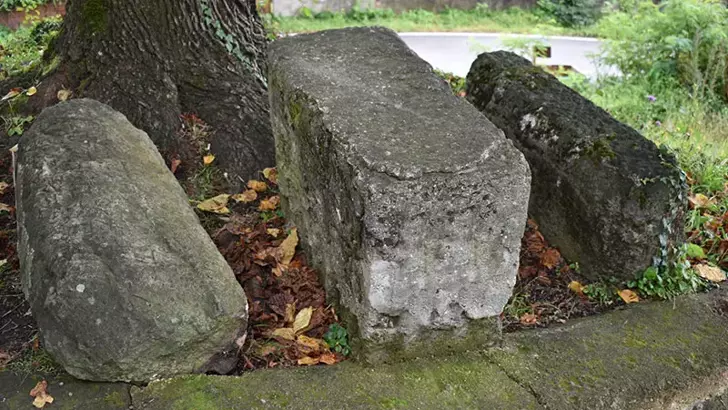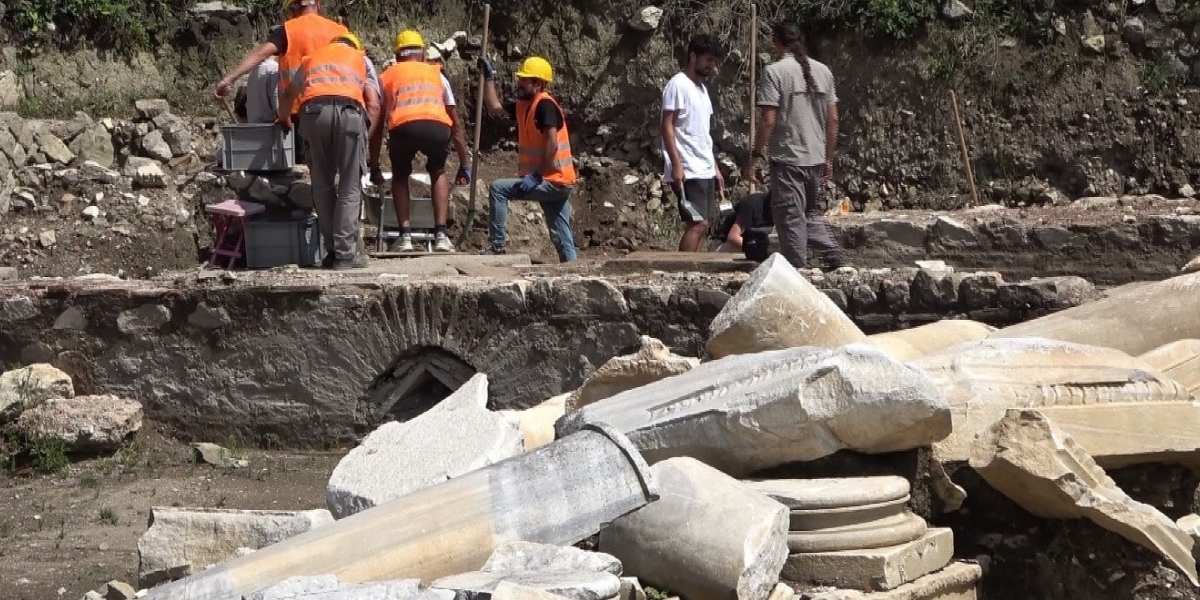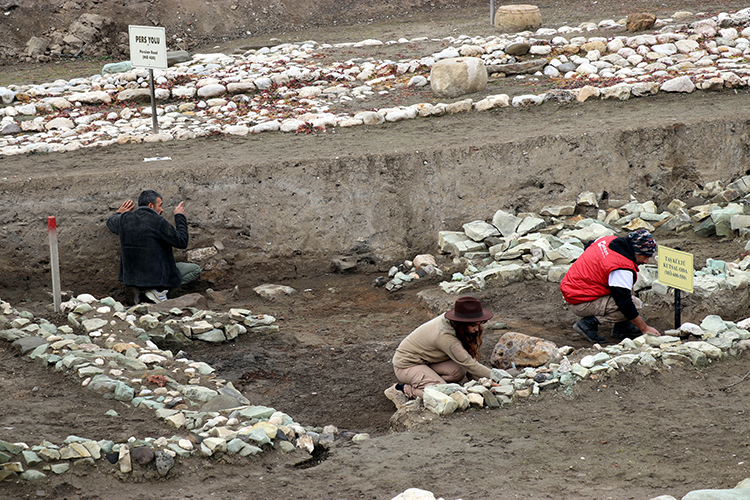
The 2,600-year-old lost Kubaba Temple has been discovered during the excavations at Amasya Oluz Mound
The lost Kubaba Temple, dating back 2,600 years and providing significant findings about religious beliefs and rituals in Anatolia, has been discovered at Oluz Mound. Oluz Mound is located near the Çekerek River (ancient Skylax), one of the branches of the Yeşilırmak (ancient Iris) in the Göynücek district of Amasya province. Under the leadership of
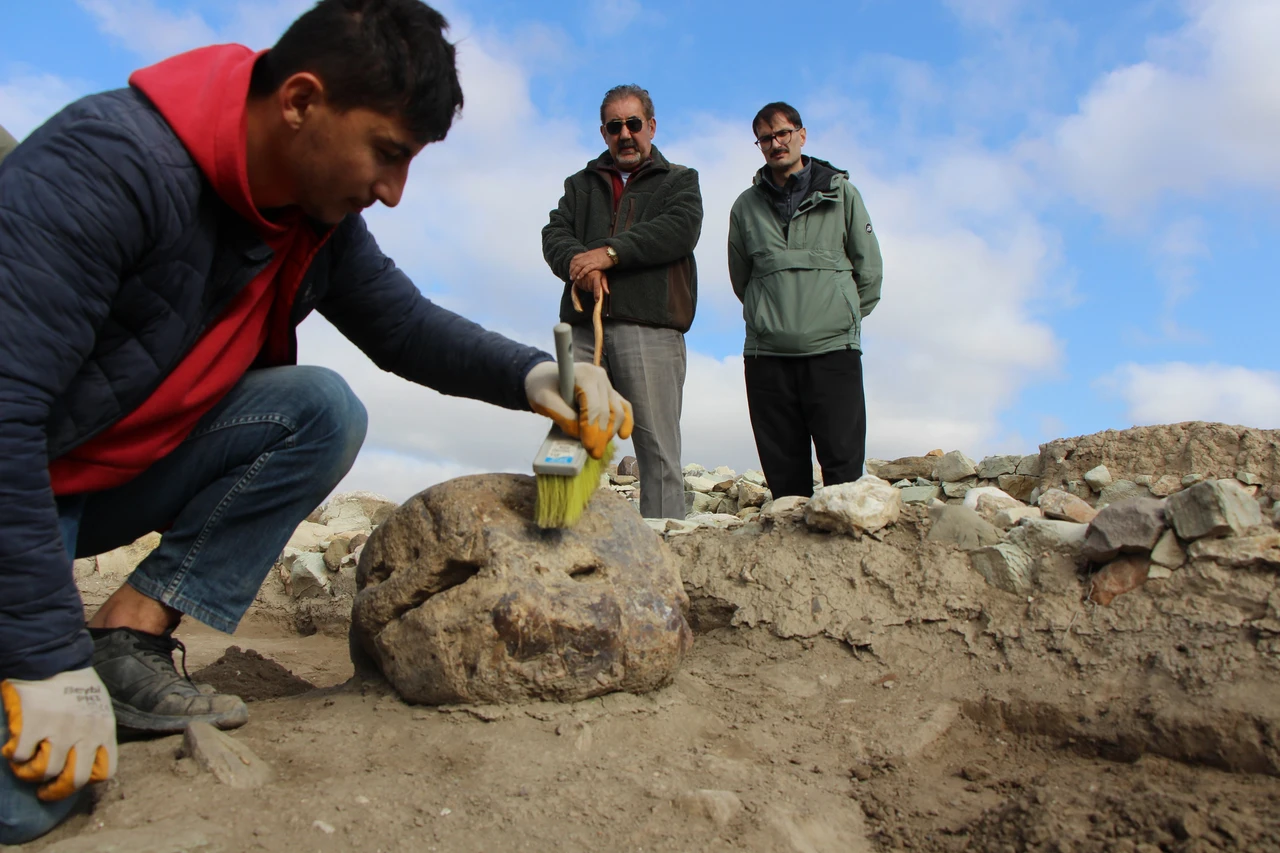
Archaeologists discovered a 2,600-year-old sacred chamber and a stone symbolizing the goddess Kubaba at Oluz Mound
Excavations at Oluz Mound, located in the Toklucak village of Amasya in northeastern Türkiye, have uncovered a sacred chamber and stone dating back to the Phrygian period, approximately 2,600 years ago. Prof. Şevket Dönmez, a faculty member of the Department of Archaeology at Istanbul University, stated that the discovery is a first in Anatolian archaeology.
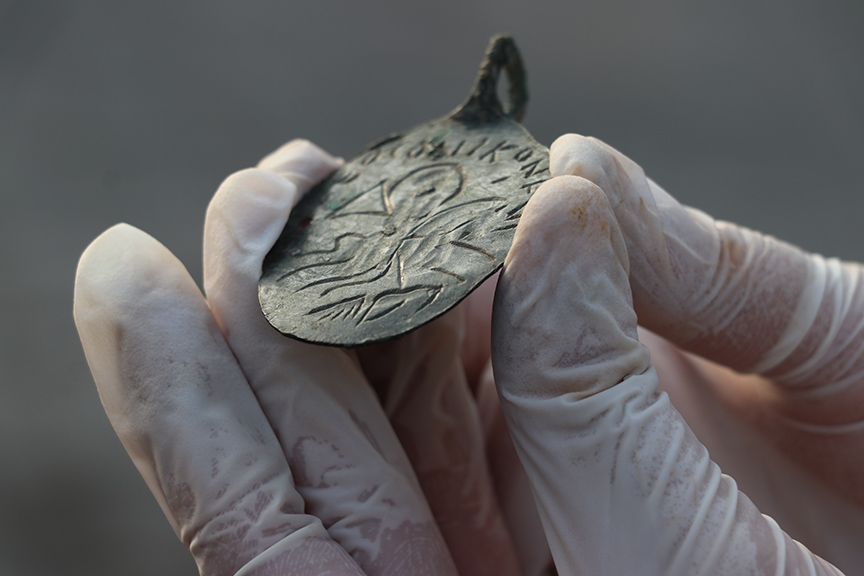
A unique 1600-year-old pendant depicting the Prophet Solomon has been discovered
During the archaeological excavations in the ancient city of Hadrianopolis, the Zeugma of the Black Sea, a unique pendant depicting the Prophet Solomon, which is approximately 1600 years old, was discovered. Under the presidency of Karabük University Faculty of Letters, Department of Archaeology, Assoc. Prof. Dr. Ersin Çelikbaş, excavations have so far yielded structures such
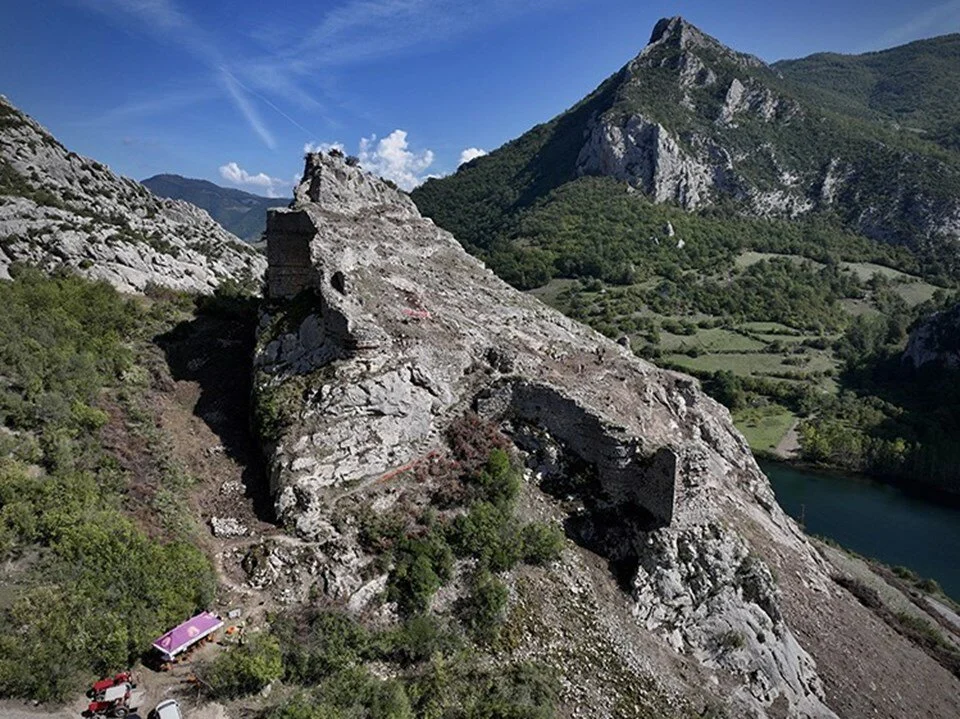
The excavations at Asarkale are expected to shed light on the history of the region from the Hellenistic period to the present
The archaeological excavations that have begun at Asarkale, located in Samsun province in Türkiye’s Eastern Black Sea region, are expected to shed light on the history of the area from the Hellenistic period to the present. Asarkale was built by King VI. Mithradates Eupator of Pontus. It is known as one of the 56 castles
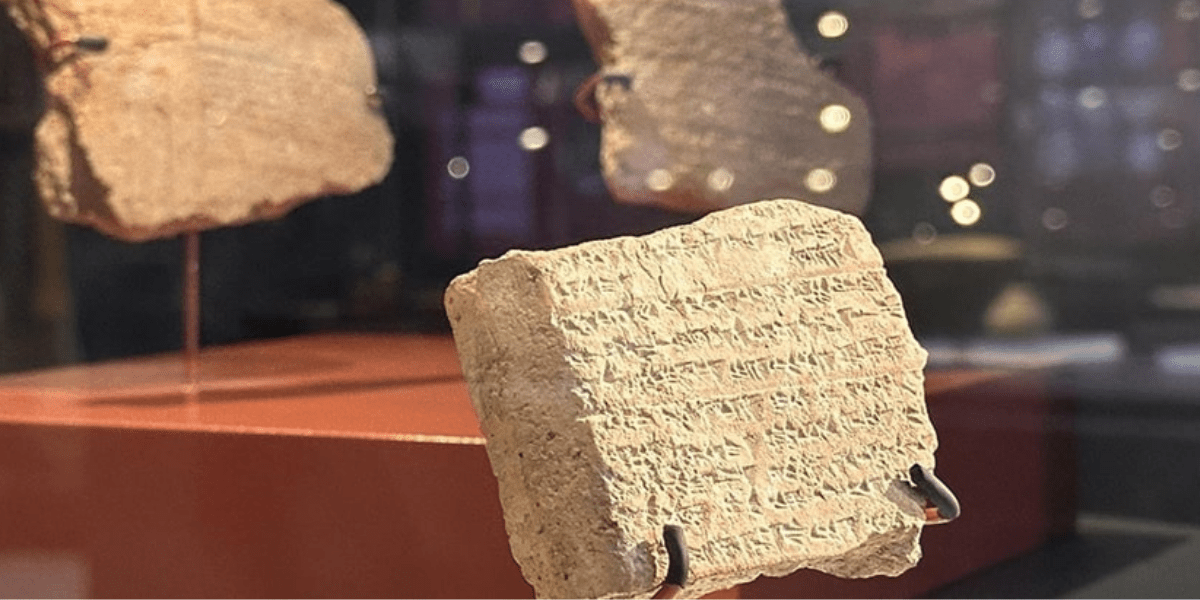
27 cuneiform tablets providing information about the sacred Hittite city of Nerik have been discovered at Oymaağaç Mound
27 cuneiform tablets providing information about Nerik, the sacred city dedicated to the Hittites’ chief god Tešup, have been discovered at Oymaağaç Mound. Oymaağaç Mound is located in the Vezirköprü district of Samsun today. Assoc. Prof. Dr. Mehmet Ali Yılmaz, a faculty member in the Department of Archaeology at Ondokuz Mayıs University and the Deputy
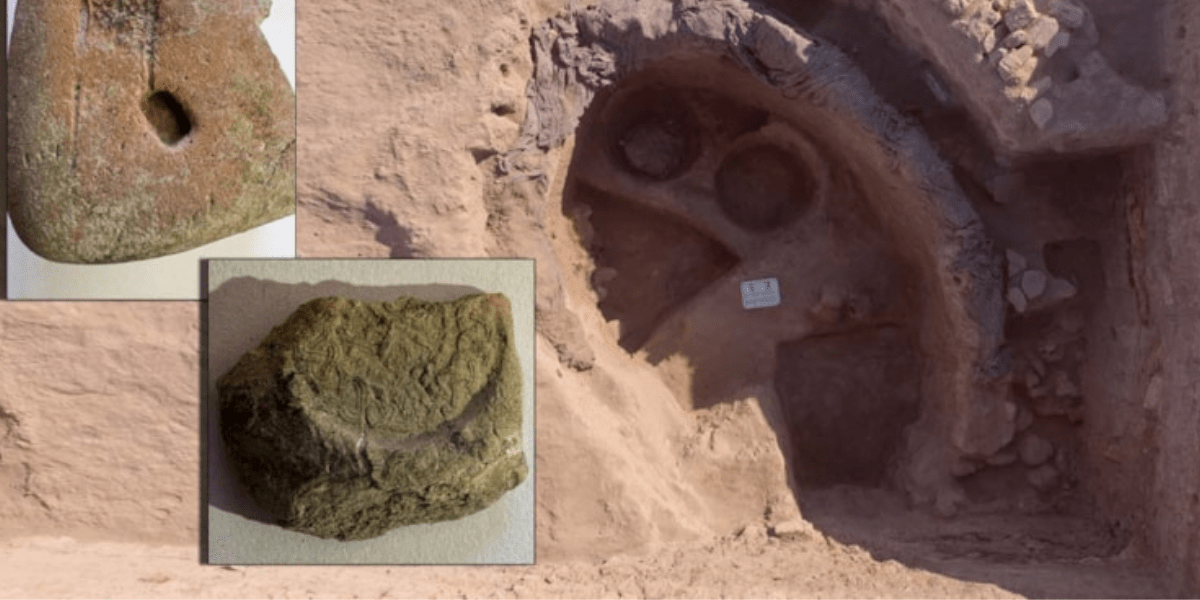
A double-headed eagle seal was found during the Üçhöyük excavation, which is being conducted to locate the lost city of Purušhanda
In the Üçhöyük excavation ongoing in Bolvadin district of Afyonkarahisar, with the participation of Japanese scientists, two different seal impressions were found, including a grain silo and one featuring a double-headed eagle, in the search for the lost city of Purušhanda. The Üçhöyük excavations are being conducted under the scientific consultancy of Prof. Dr. Özdemir

Excavations continue in Oluz Höyük, where life ended with the Battle of Zela, where Julius Caesar uttered the words “Veni Vidi Vici”
Excavations continue in Oluz Höyük, where life ended with the Battle of Zela, where the famous Roman dictator Julius Caesar uttered the words “Veni Vidi Vici” Oluz Höyük is located in the Göynücek district of Amasya, in the northeastern Anatolia region of Türkiye. The mound covers an area of approximately 45 acres. More than 2
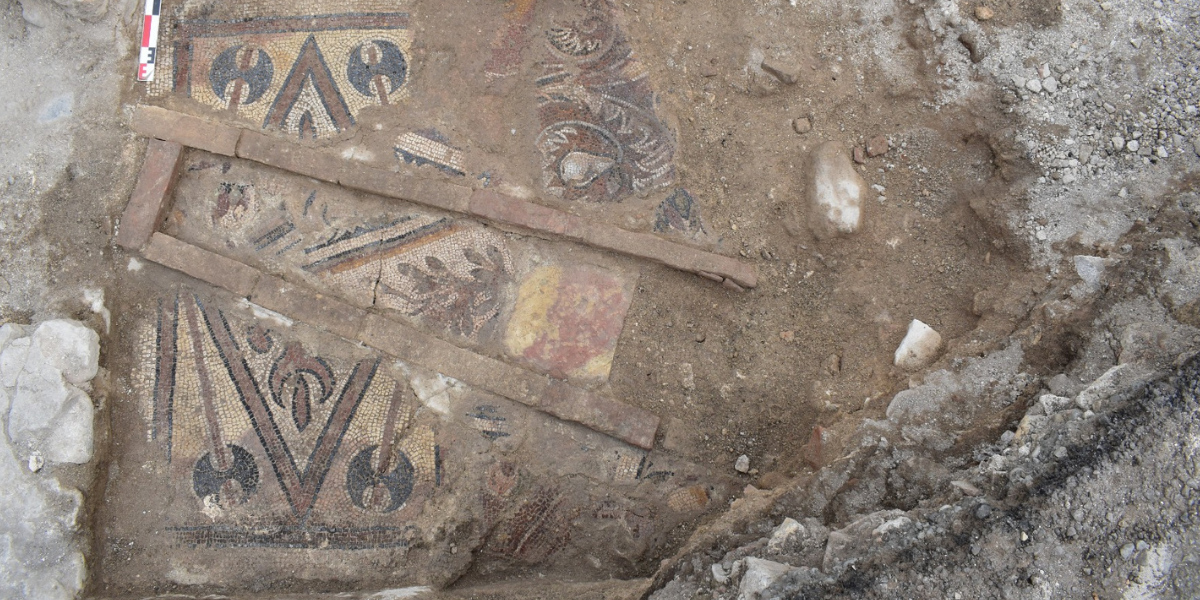
First in-situ floor mosaic unearthed in a monastery in Ordu province
An in-situ floor mosaic was unearthed at the Monastery of Saints Constantine and Helana in Ordu province in the Eastern Black Sea Region. The artifact is the first in-situ floor mosaic unearthed in Ordu province. The floor mosaic was unearthed during the excavations carried out under the leadership of the Ordu Museum Directorate. The excavations

